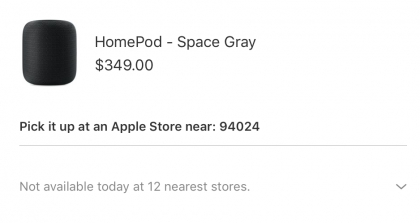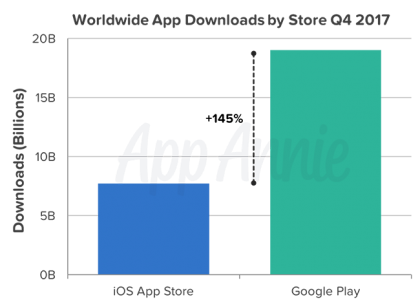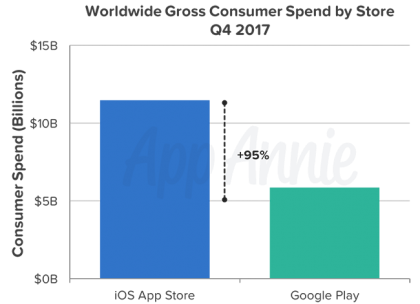Sound & Vision is an audio, video consumer products magazine. They had the chance to sit down with Phil Schiller to talk HomePod.
A few tidbits:
We think we can create a new kind of music experience in the home that sounds incredible, and is fun to interact with. That’s what’s driving us with HomePod. And it can also be the hub for your smart home. Voice technologies like Siri are also gaining in popularity with Siri responding to over 2 billion requests each week. This helps us understand how people actually interact with their devices, what they ask, and helps us create a product for the home that makes sense.
The HomePod as hub. That’s as advertised.
Siri, over 2 billion requests each week. That’s a lot of data, and a lot of network traffic. Apple has made a point to design their machine learning architecture to work on device, with zero network connectivity required. It will be interesting to see if Siri evolves in that same direction.
It’s about creating an experience that moves with you throughout the day — so the experience you have at home, is replicated in the car with CarPlay, at work with iPad and Mac, and when you’re out for a run with Watch and iPhone. You can listen to the same music, control your home accessories or ask Siri to do something for you, wherever you are.
This brings to mind Rene Ritchie’s HomePod wish list (posted yesterday). One of Rene’s wishes was for a Unified mesh Siri.
From that writeup:
Right now, there’s a different Siri for different devices, all with different capabilities. Siri on Apple TV is far more limited than iPhone or iPad, but has deep media knowledge and can even handle multi-language queries where, for example, a French speaker asks for a movie with an English title. Siri on Mac can interact with files and persist results but, frustratingly, can’t control HomeKit.
This is a definitely challenge for Apple. To me, a required next step in Siri’s evolution.
More from Phil:
Using advanced software and the A8 chip, HomePod intelligently beams center vocals and direct energy away from the wall while reflecting the ambient reverb and back-up vocals against the wall for dispersion into the room. The end result is a wide soundstage with a feeling of spaciousness and depth.
And:
Every time you move HomePod, it uses the built-in accelerometer to detect a change in its location and continues to make sure the music sounds great and is consistent, wherever it’s placed.
And:
HomePod uses advanced machine learning techniques including deep neural networks (DNNs) optimized for the hardware to detect “Hey Siri” in challenging environments. The detection of “Hey Siri” happens on the device, so nothing is being sent to Apple until that trigger is detected and the Siri waveform lights up. At that time, the request is sent to Apple using an anonymous Siri ID, and of course that communication is all encrypted. We’re able to do this because we designed audio technology, advanced software, and Siri to work together as one system.
Lots of great stuff here. You can see how much Phil loves what he does, how passionate he is about HomePod. Can’t wait for next Friday!



